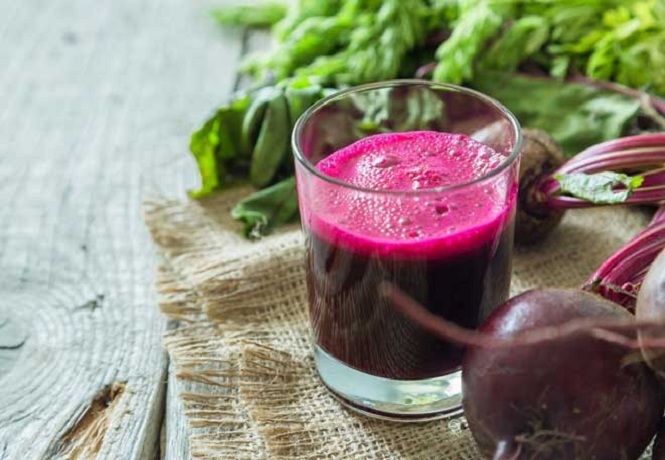If you’re stuck at home in the snow and don’t have any rock salt or ice melt, don’t worry! Try one of these alternative methods for melting ice and keeping your driveway, walk, and porch free of snow and ice.
For the safety of your home, pets, kids, and the environment, consider using one of these seven alternative methods for melting ice without salt or ice melt.
Eliminate Shoveling with Snow Melting Mats – An Innovative Solution for Dealing with Ice Outdoors
“Snow melting mats are a passive and effective way to deal with ice and snow outdoors. Simply lay them along a walking path or porch, plug them in, and let the heat generated from the mats melt the ice and snow.
Although the initial cost of purchasing and installing a snow melting mat system is higher than buying rock salt, it may be worth it in the long run if you never have to shovel again.”
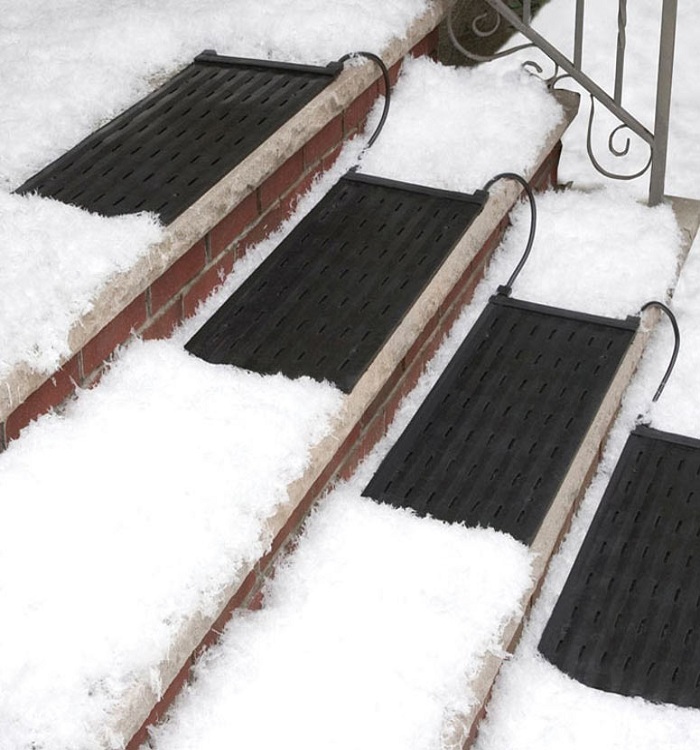
Fertilizer: A Convenient and Gentle Alternative to Rock Salt
Fertilizer may not work as quickly as rock salt, but it’s a convenient alternative that you may already have in your garage or shed.
Many fertilizer mixes include ammonium sulfate, potassium chloride, or urea, which, like rock salt, lower the melting point of ice without damaging your pavement and yard.
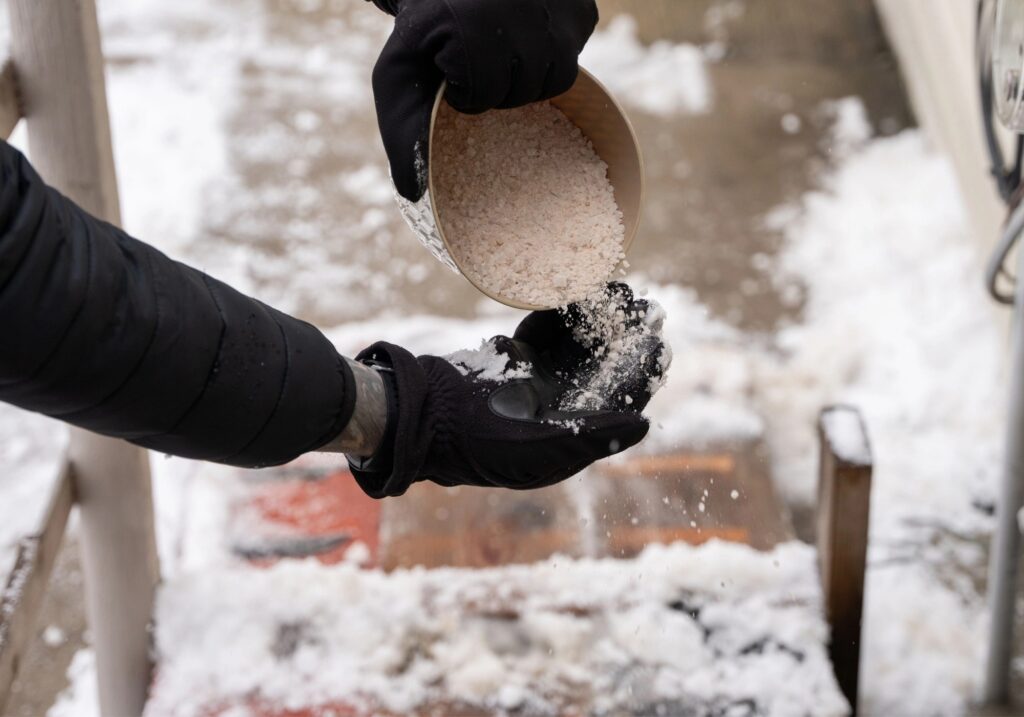
Coffee Grounds: A Natural and Effective Solution for Melting Ice
Used coffee grounds are a great option for melting ice on your driveway and porch. They contain nitrogen, which lowers the melting point of ice, and their dark color absorbs sunlight better than white snow or clear ice, slightly increasing the melting speed.
Instead of throwing them away or composting them, put them to use by spreading them on your ice-covered surfaces.

Rubbing Alcohol: An Affordable and Effective Solution for Melting Ice”
Isopropyl alcohol, also known as rubbing alcohol, can be used to help clear ice from your driveway or path. To make a more cost-effective homemade ice melt solution, combine ¼ cup of alcohol, six drops of concentrated dish soap, and ½ gallon of hot water in a bucket.
Be sure to shovel away any excess water after pouring, as it can refreeze and form new ice if left standing.
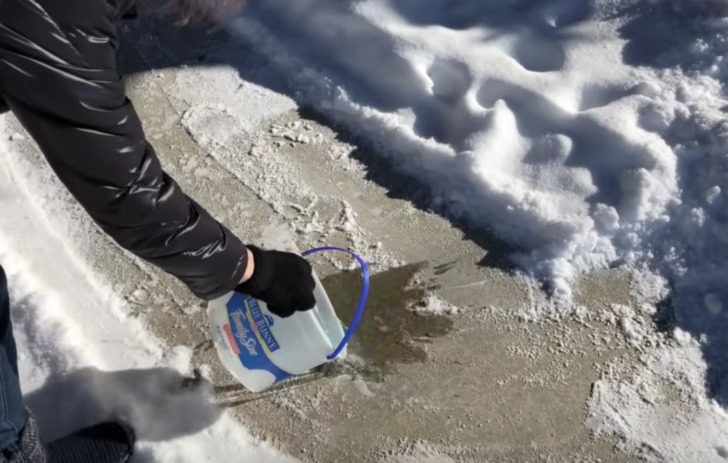
Chloride Compounds: Eco-Friendly Alternatives to Rock Salt for Melting Ice
If you want your ice to melt as quickly as rock salt can but want to use a more environmentally friendly option, calcium chloride is a good choice. It works best between 0 and 30 degrees Fahrenheit and can be easily found in many home improvement stores.
Potassium chloride and magnesium chloride can also be used to melt ice. In fact, magnesium chloride is an even more eco-friendly option than calcium chloride and works at temperatures as low as -13 degrees Fahrenheit.

Vinegar: A Less Effective but Still Useful Solution for Melting Ice
The acetic acid in vinegar is a chemical compound that lowers the melting point of ice, but it doesn’t melt ice as well as rock salt and some of the other alternatives mentioned above.
Like isopropyl alcohol, vinegar can be used on its own, but it works better in a mixture of equal parts vinegar and hot water. This solution can quickly melt solid sheets of ice, which can then be broken up with shoveling.
As with alcohol, be sure to clear the resulting water from your driveway, walkway, or porch to prevent it from refreezing.
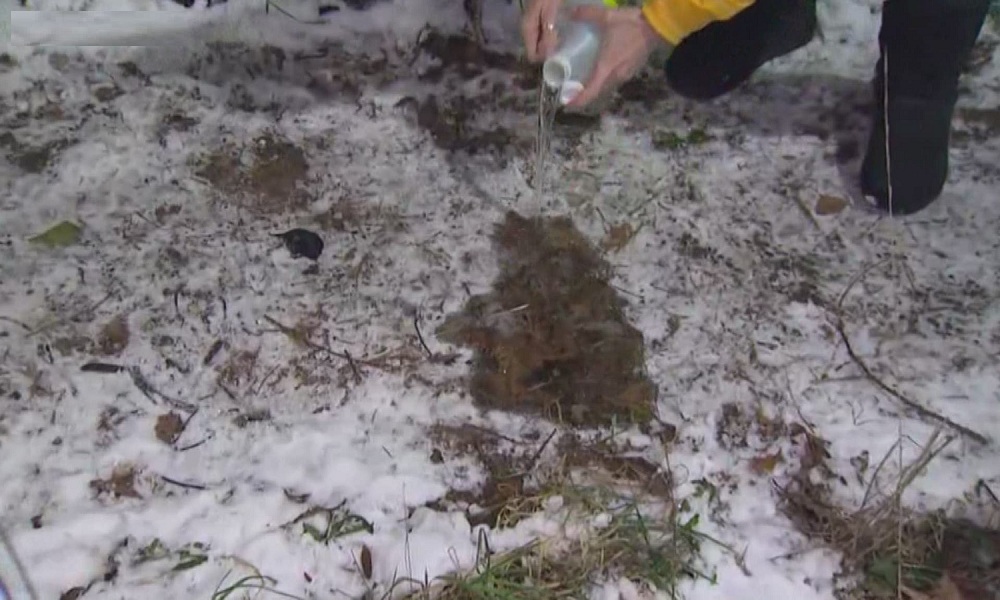
Sugar Beet Juice: An Effective and Safe Solution for Melting Ice
Sugar beet juice is a surprising substance with ice-melting capabilities. Its chemical makeup lowers the melting point of ice and snow in a similar way to rock salt.
Not only is it effective for melting ice, but it’s also safe for concrete, asphalt, plants, cars, and pets.
However, be aware that beet juice’s reddish purple color can potentially stain concrete. To avoid this, clean up the beet juice as the ice melts if possible.
